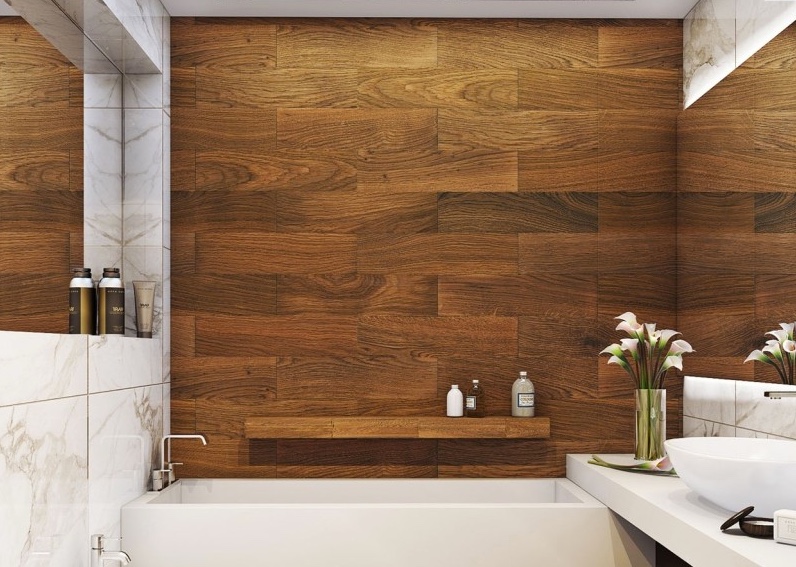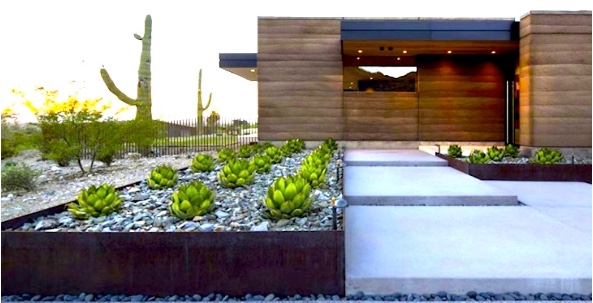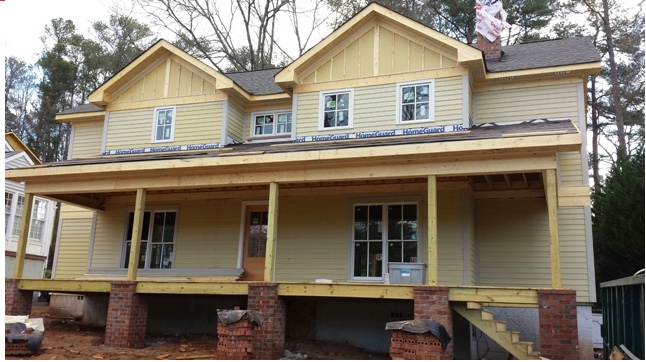Wood grain is everywhere these days. From butcher block countertops and iPhone cases to wallpaper and tea towels stenciled with faux bois patterns. Wood grain is popular because it’s a sure and simple way to create a softer, more organic look. It also echoes the overarching permanent shift toward sustainability. A great illustration of how wood grain sets a clean and chic modern tone is the elegant warmth of the wood grained fireplace pictured here by Smith Homes.
Faux wood tile is trending too. Since it’s water resistant it can be used in parts of the home (bathrooms, kitchens, mudrooms) where wood would be unwise. Faux wood tile is actually a ceramic that combines rich finishes of real wood with the design flexibility of tile. So the possibilities are endless. It looks amazing and is less expensive than real wood.
Over the last several years there’s also been a sharp spike in demand for custom kitchen cabinetry. More than ever home owners are craving natural-looking wood grains in their cooking and dining spaces. They’re looking for simple lines and a sense of true artisanship. Though such cabinetry can be a bit on the pricy side—fine grained woods like walnut and white oak have slowly become the cabinetry standard.
A less expensive alternative to walnut and oak is knotty wood. An excellent example of knotty cypress cabinetry is featured in the Peters House by Craig Steely Architecture (check out http://craigsteely.com/projects/peters_house). These to-die-for cabinets are crafted from reclaimed personality-rich knotty pine and are a truly gorgeous way to bring modern warmth into your home.
















